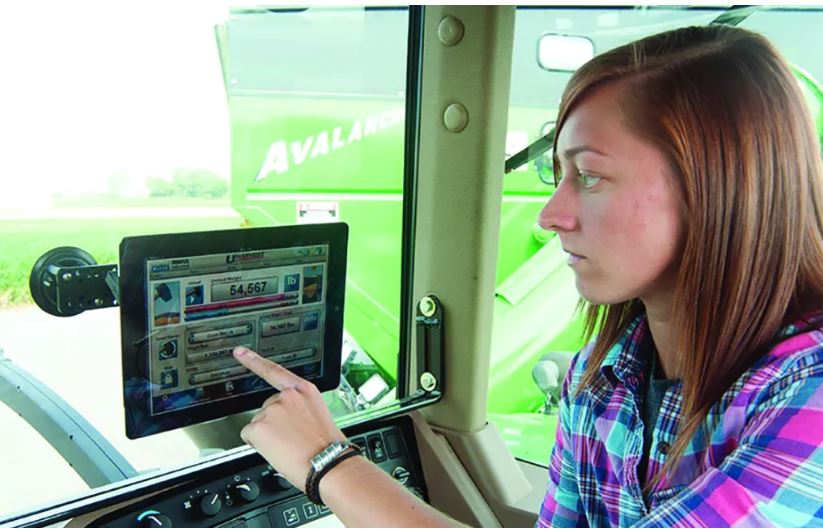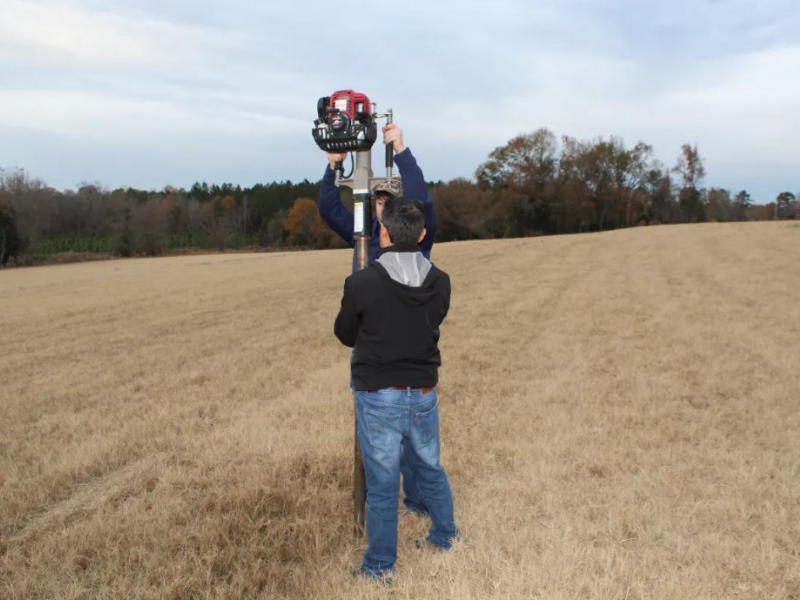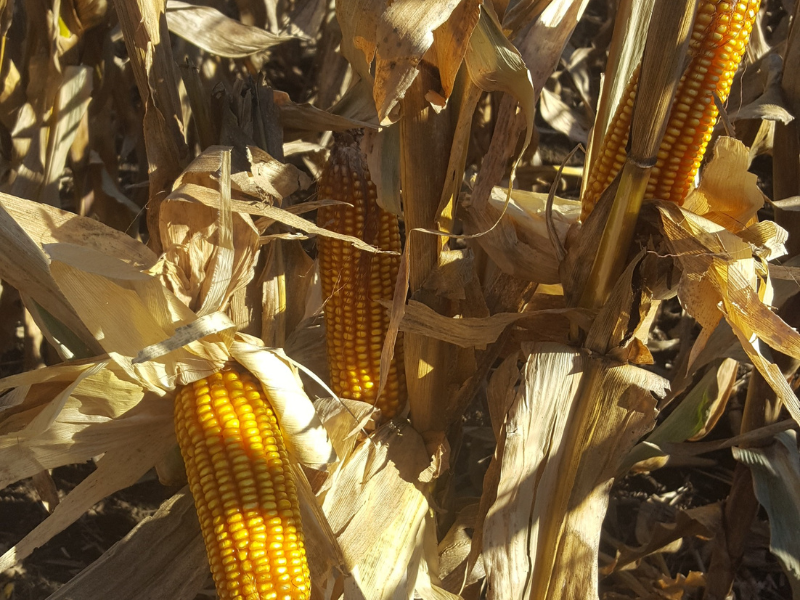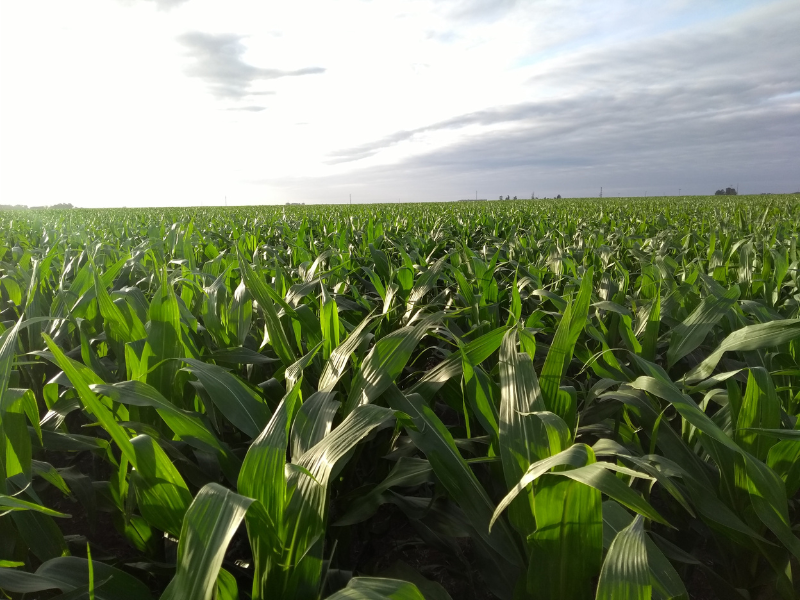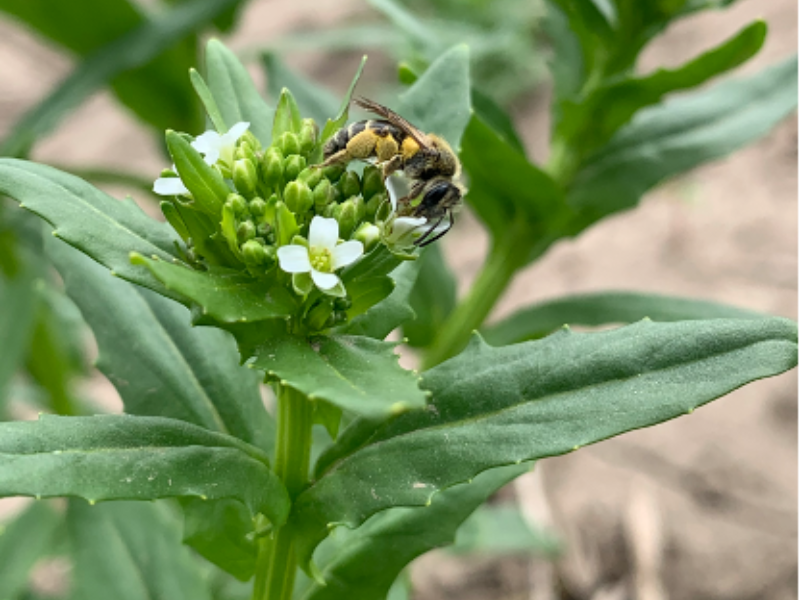Environment
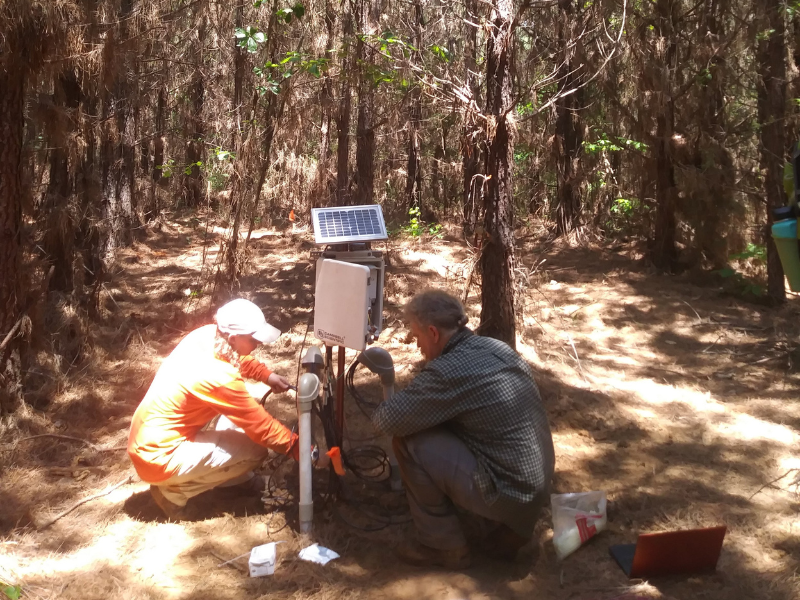
Severe wildfires have become annual events in the United States. The years 2020 and 2021 were the worst in wildfire history in California. Other states – and countries – are at risk as well. Climate change is making wildfires more likely in some places. And with heavy populations residing in areas bordering wildlands and forests, many people are more likely to experience serious wildfires.
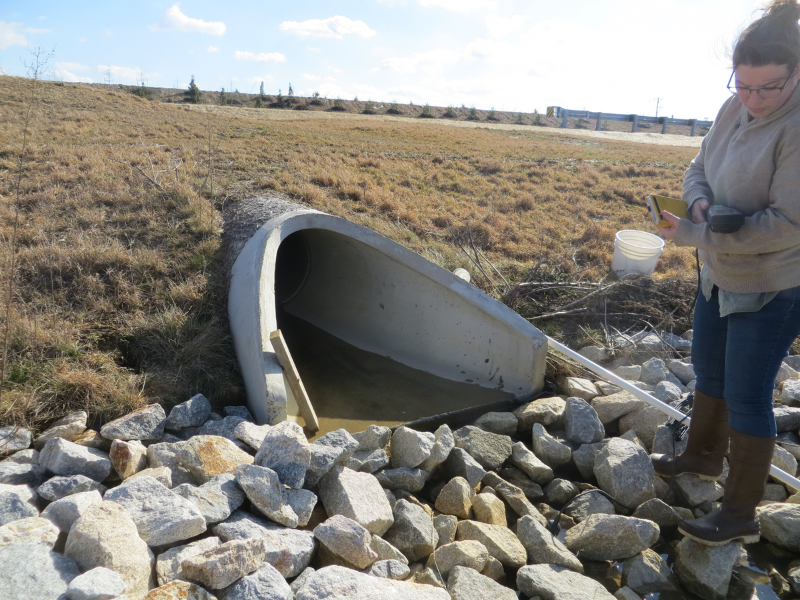
For many parts of the United States, winter weather can impact road conditions. To reduce hazardous conditions caused by snow and ice, many counties, municipalities, homeowners, and others use deicers. Salt is the most common option to treat roads.
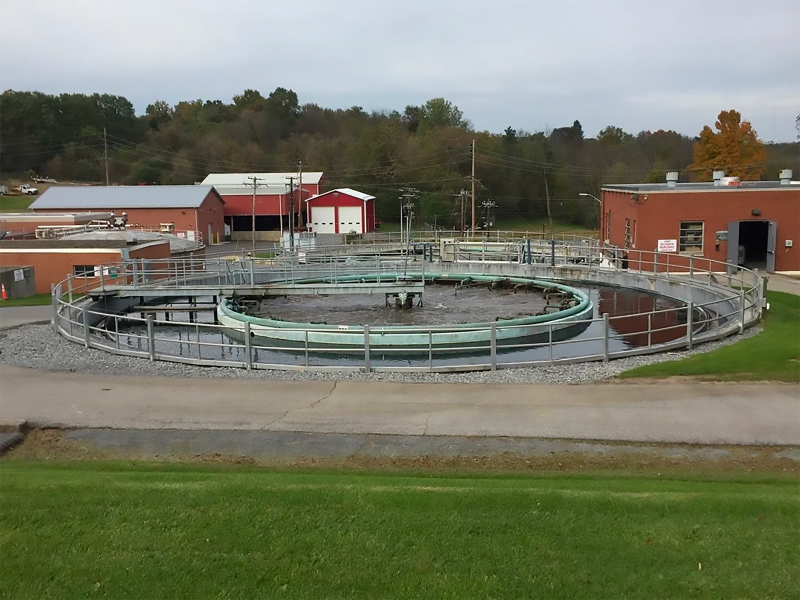
Sewage treatment plants provide an important service to communities around the world. Through several processes, these facilities take dirty water and transform it into water that can be reused safely. Treating water that comes from our homes and offices – domestic wastewater - to be reintroduced into the environment protects both human and environmental health.
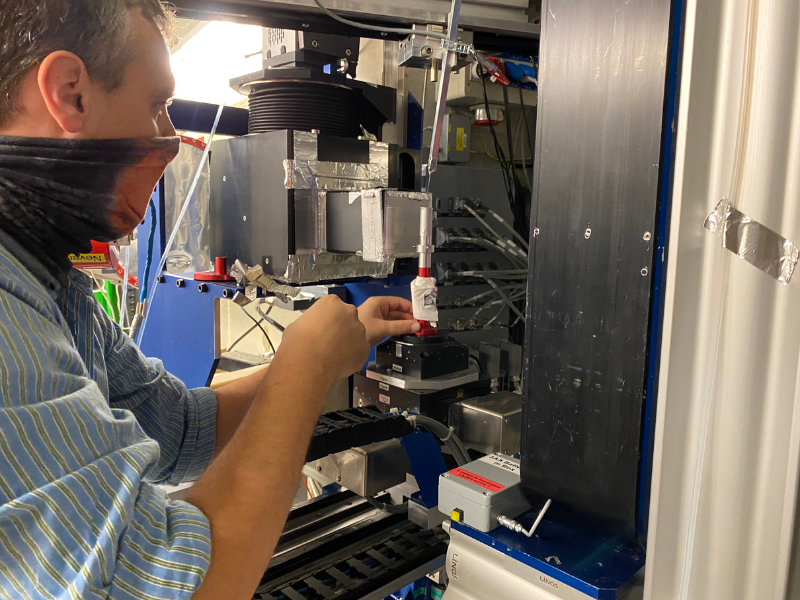
Whether we like it or not, plastic is a major part of our lives. The production and use of plastics has been found to create a problem because “microplastics” are accumulating in our soils.
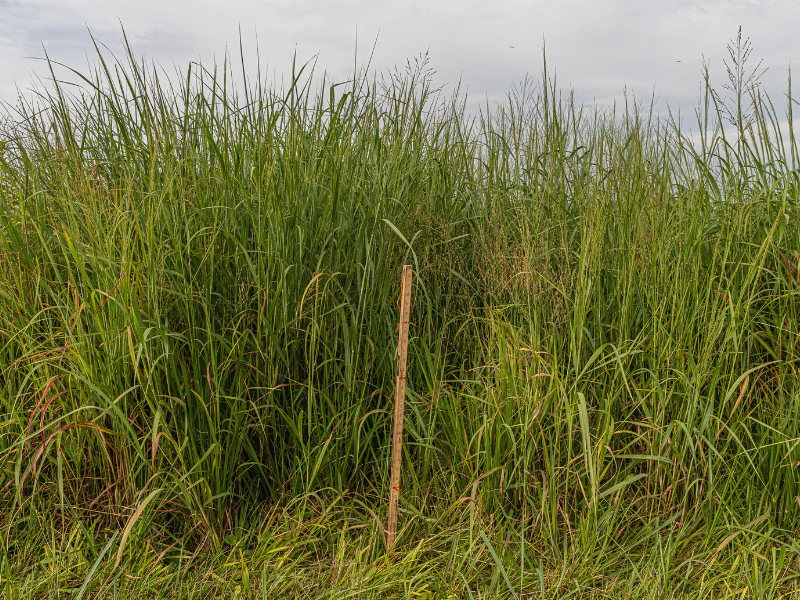
On average, Americans eat more than 50 pounds of beef each year (according to USDA estimates). But what do beef cattle eat? In the eastern United States, beef cattle often eat tall fescue, a “cool-season” grass. As the name suggests, cool-season grass grows best in temperate conditions: temperatures between 65 and 75 degrees Fahrenheit and abundant rainfall. But it’s not always cool and wet in the eastern U.S., and come the summer months, cool-season grasses tend to not do well.
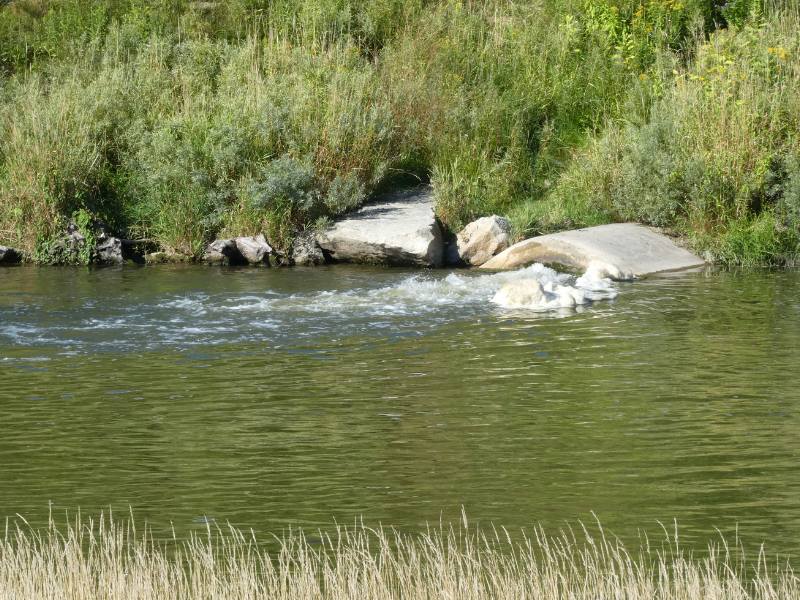
Have you ever thought about where your waste goes? For people living in cities, it goes to a treatment plant. However, treated wastewater ultimately finds its way into a local waterway. This means it could end up in your nearby stream, river, or lake.

